Name Jed Perl | Role Art critic | |
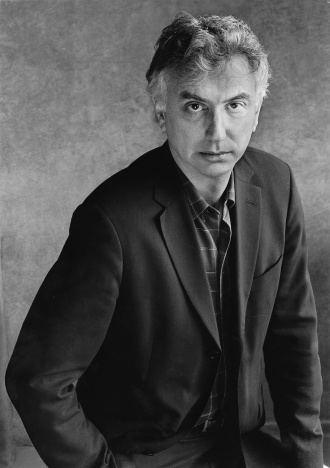 | ||
Awards Guggenheim Fellowship for Creative Arts, US & Canada Books New Art City, Magicians & Charlatans, Antoine's alphabet, Eyewitness: Reports from an A, Paris without end Similar People Andre Breton, Man Ray, Paul Eluard | ||
Jed perl becoming calder
Jed Perl (born 1951) is an American art critic and author in New York City.
Contents
- Jed perl becoming calder
- Alexander calder lecture by author and art critic jed perl
- Career
- Laissez faire aesthetics
- Books
- Selected Essays
- Awards
- References
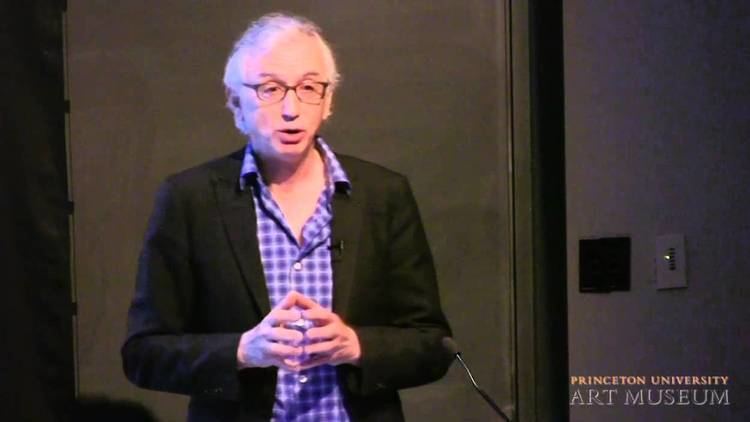
Alexander calder lecture by author and art critic jed perl
Career
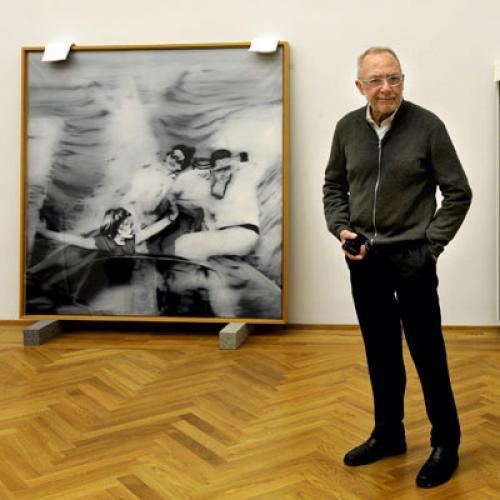
Jed Perl initially trained as a painter. He holds a Bachelor of Arts from Columbia College and also studied at the Skowhegan School of Painting and Sculpture. He decided to devote himself fully to criticism in the mid-1980s. "In my twenties I was very involved in making art as well as writing about art," he said an interview, "but in the early 80s I came to what I guess I would describe as a fork in the road, and around 1985 I just decided to stop painting. A lot of people were not that surprised, they felt that’s where I was going."
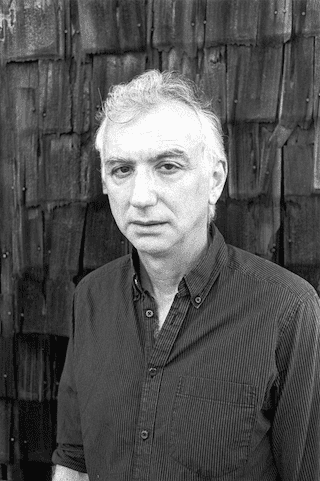
Perl became one of the art critics at The New Criterion soon after its founding in 1982. From there he went on to editorial appointments at Art and Antiques, Salamagundi, Vogue, and Modern Painters before joining The New Republic in 1994. His essays have appeared there regularly since then.
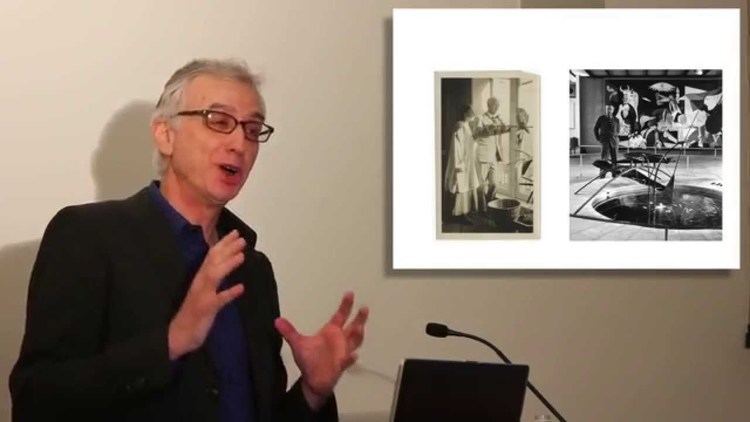
Perl is the former Chairman of the Board of the Heliker-LaHotan Foundation, which is dedicated to the preservation and study of the art of John Heliker and Robert LaHotan and the maintenance of their former home on Great Cranberry Island, Maine as an artist residency. He was a friend of Heliker's and wrote the foreword for the catalogue of the exhibition "John Heliker: Drawing on the New Deal, 1932-1948" which originated at Stephen F. Austin State University in 2011.
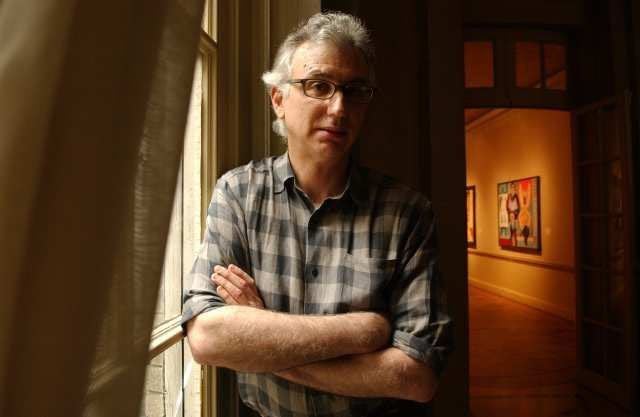
Perl teaches at the New School for Social Research and is currently at work on the first full-length biography of the sculptor Alexander Calder.
"Laissez-faire aesthetics"
Perl is a longtime critic of what he sees as financially driven compromise of artistic standards among artists, collectors, galleries, and museums. He coined the phrase laissez-faire aesthetics to describe this phenomenon in a 2007 essay for The New Republic that became the introduction for his 2012 book Magicians and Charlatans.
Amid the gold-rush atmosphere of recent months, however, something very strange has emerged, something more pertinent to art than to money - a new attitude, now pervasive in the upper echelons of the art world, about the meaning and experience and value of art itself. A great shift has occurred. This has deep and complex origins; but when you come right down to it, the attitude is almost astonishingly easy to grasp. We have entered the age of laissez-faire aesthetics.
The people who are buying and selling the most highly priced contemporary art right now - think of them as the laissez-faire aesthetes - believe that any experience that anyone can have with a work of art is equal to any other. They imagine that the most desirable work of art is the one that inspires a range of absolutely divergent meanings and impressions almost simultaneously. ... My problem, I now realize, is not only that I am looking for consistency, it is that I persist in imagining that there is such a thing as inconsistency. The paintings by Currin and Yuskavage that are now going for hundreds of thousands of dollars are engineered for an audience that believes that a work of art can satisfy radically disparate and even contradictory attitudes and appetites, and satisfy them consecutively or concurrently - it hardly matters. A painting is simply what everybody or anybody says it is, what everybody or anybody wishes it to be.
Edward M. Gomez, reviewing Magicians and Charlatans for Hyperallergic in 2014, wrote, "even if Perl had published only this new book’s introduction ('Laissez-faire Aesthetics') as a pamphlet, it still could have served as something of a manifesto calling for a drastic reconsideration of the art world’s current methods and mores. It’s something of a cri de coeur from a well-informed observer who is deeply disappointed that dollar-value concerns have trumped aesthetic considerations of so much of what comes up for consumption in galleries and venerable museums."
Books
Selected Essays
Awards
Perl is also the recipient of a Renate, Hans and Maria Hofmann Trust Award from the New York Foundation for the Arts and awards from the Ingram Merrill Foundation.
